Understanding the intricacies of medical billing can be a daunting task, particularly when it comes to deciphering an Explanation of Benefits (EOB). Whether you’re a hospital administrator, practice manager, or a medical biller, grasping the details of an EOB is crucial for efficient revenue cycle management. In this blog post, we’ll unravel what an EOB is, why it’s essential, and how it impacts your practice.
What is an Explanation of Benefits (EOB)?
An Explanation of Benefits, commonly referred to as an EOB, is a document sent by a health insurance company to covered individuals after they receive healthcare services. It provides a detailed breakdown of what medical treatments and services were covered by the insurer and what costs, if any, the patient is responsible for.
The Importance of EOB in Medical Billing
EOBs play a pivotal role in the medical billing process. They ensure transparency between healthcare providers, insurers, and patients. By detailing which services were covered, EOBs help to prevent billing errors and clarify any discrepancies between expected and actual payment.
Key Components of an EOB
An EOB typically includes several key pieces of information:
- Patient Details: Name, ID number, and other identifying information.
- Provider Details: Name and contact information of the healthcare provider or facility.
- Service Description: A list of services provided, including dates and codes.
- Payment Information: Amount billed, allowed amount, and payment made by the insurer.
- Patient Responsibility: Deductibles, co-pays, and any remaining balance the patient owes.
How to Interpret an EOB
Interpreting an EOB can be challenging, but understanding its structure makes it easier. Typically, the document is divided into sections that correlate with the key components mentioned above. Familiarizing yourself with these sections helps in quickly identifying any discrepancies or issues that need addressing.
EOB vs. Medical Bill
It’s essential to distinguish between an EOB and a medical bill. An EOB is not a bill but a statement explaining what was covered by insurance. Patients should expect a separate bill from their healthcare provider for any outstanding amounts not covered by the insurer.
Common Issues Found in EOBs
Errors in EOBs are not uncommon. These might include incorrect service codes, wrong patient information, or miscalculated patient responsibility. Identifying and rectifying these errors promptly is crucial for maintaining accurate records and ensuring timely payments.
The Role of Payment Posting Services
Payment posting services are integral to the medical billing process. These services involve recording payments received from insurers and patients into the practice’s billing system. Accurate payment posting ensures that the revenue cycle flows smoothly, reducing delays and discrepancies.
Impact on Revenue Cycle Management
Effective revenue cycle management hinges on accurate EOB interpretation and payment posting. Errors in either can lead to delayed payments, increased denials, and cash flow issues. Therefore, investing in robust payment posting services is vital for the financial health of any medical practice.
How to Handle EOB Discrepancies
When discrepancies arise in an EOB, it’s essential to address them promptly. This may involve contacting the insurance company for clarification, adjusting patient accounts, or appealing denied claims. A systematic approach to handling discrepancies can significantly reduce administrative burdens.
Tips for Efficient EOB Management
Efficient EOB management can streamline your billing process. Here are some tips:
- Stay Organized: Keep EOBs well-organized and easily accessible.
- Automate Where Possible: Use billing software to automate data entry and reduce errors.
- Regular Audits: Conduct regular audits to identify and correct recurring issues.
The Future of EOBs in Medical Billing
The future of EOBs is evolving with advancements in technology. Electronic EOBs (e-EOBs) are becoming more common, offering quicker access and easier management. Staying updated with these advancements can further streamline your billing processes.
Conclusion
Understanding and efficiently managing EOBs is essential for any healthcare provider. They not only ensure transparency and accuracy in billing but also play a crucial role in the overall revenue cycle management. By investing time and resources into effective EOB management and payment posting services, you can enhance your practice’s financial health and provide better care for your patients.
For more insights on optimizing your medical billing processes, feel free to reach out to our team of experts. Together, we can ensure that your practice runs smoothly and efficiently.



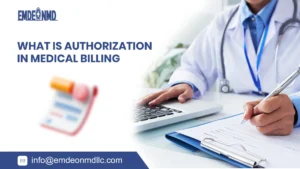
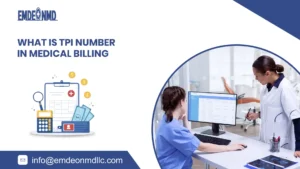




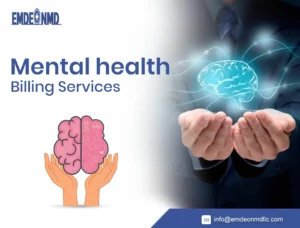
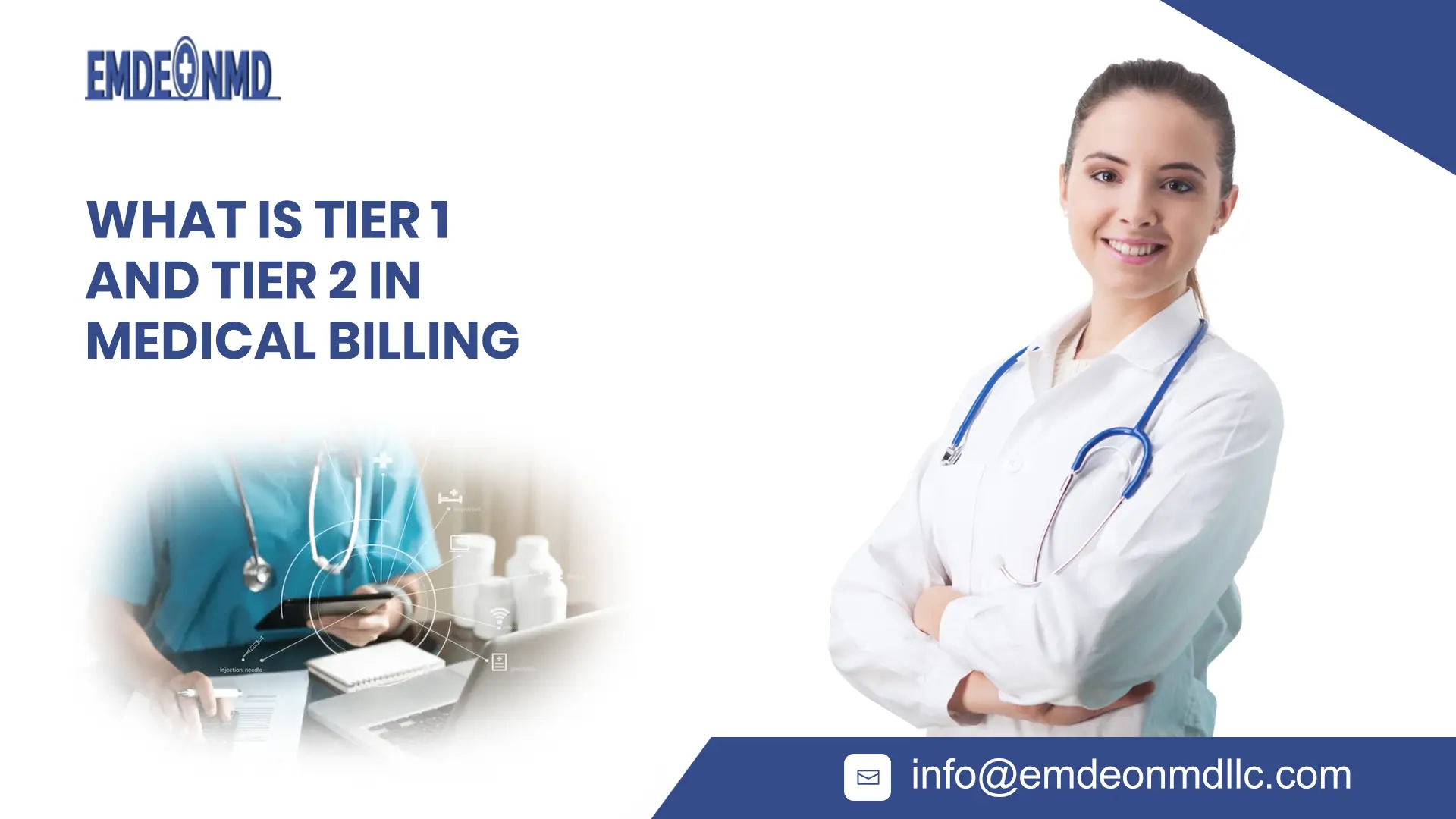
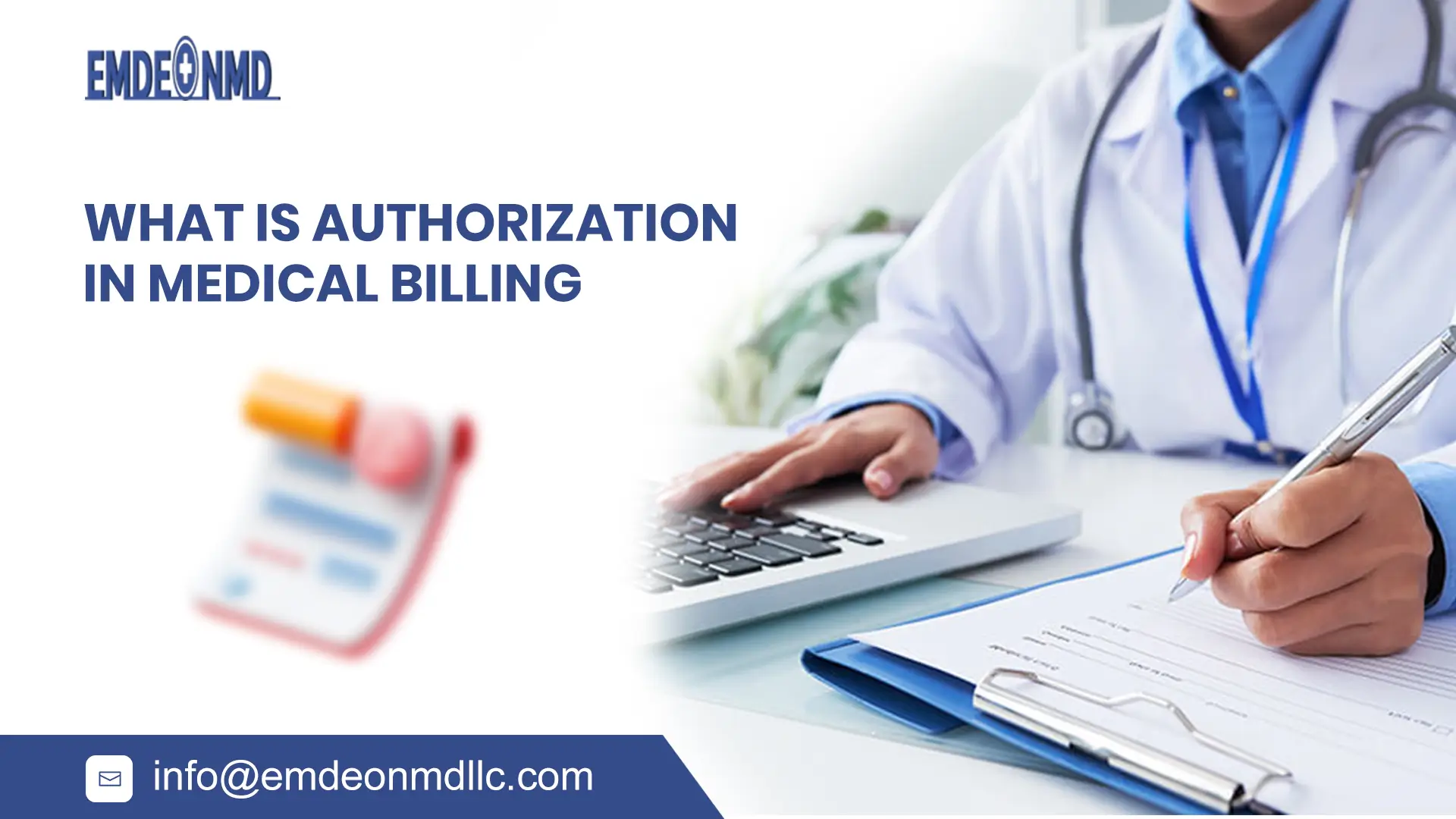
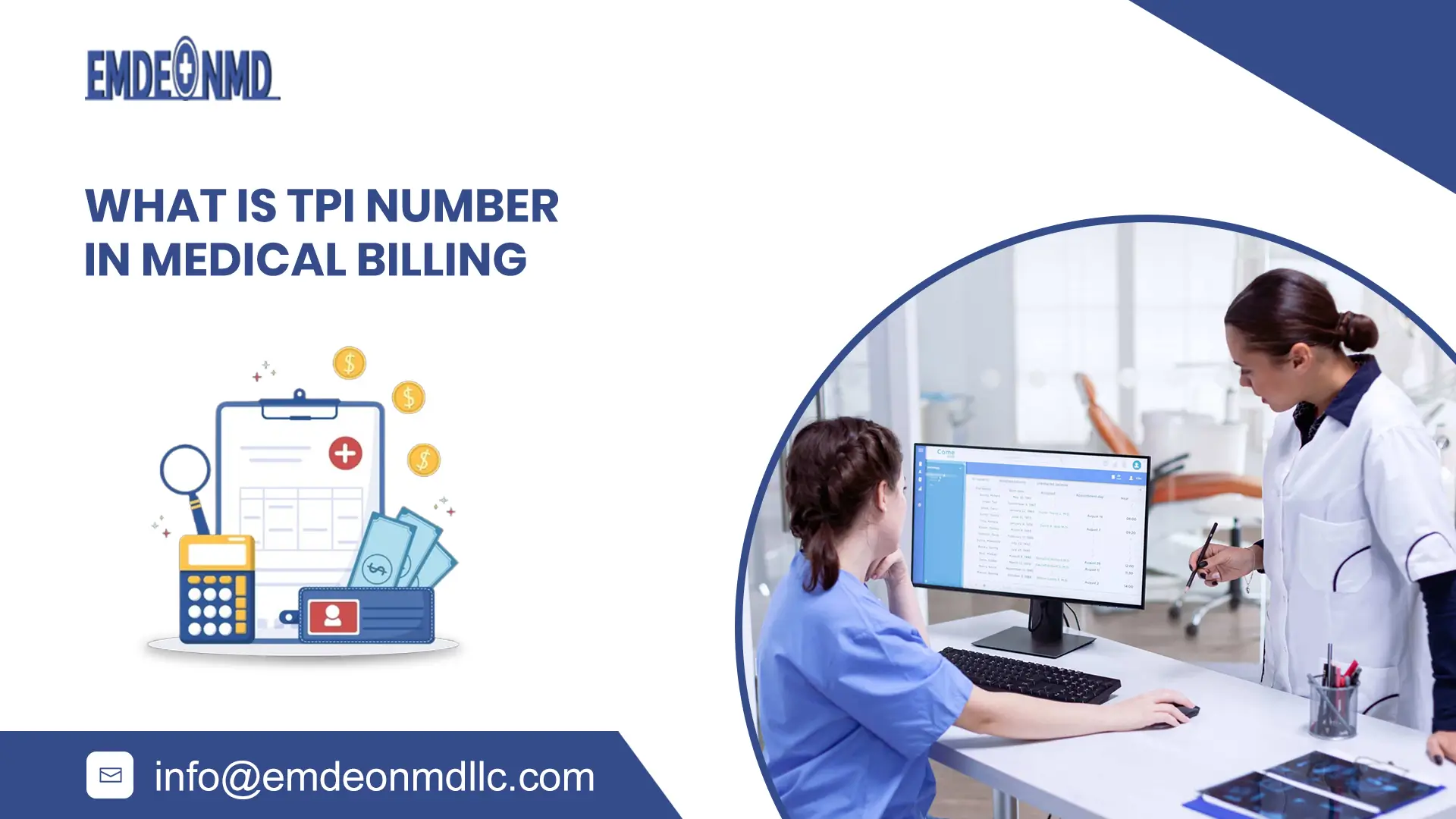

1 thought on “What is an EOB(Explanation of Benefits) in medical billing”
Pingback: Benefits of Third-Party Medical Billing Services